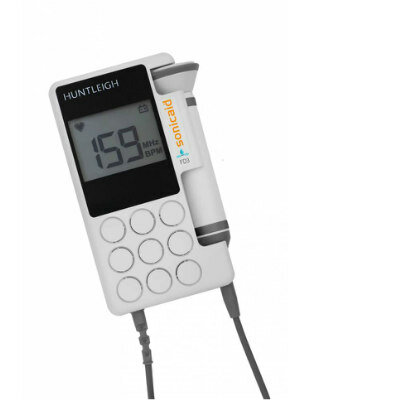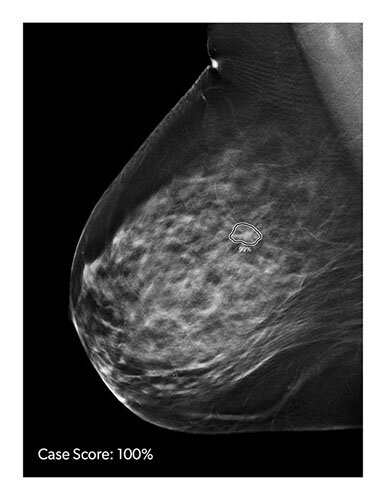Proton MRI Breast Cancer Imaging May Reduce False-Positives Findings
By MedImaging International staff writers
Posted on 15 Oct 2013
A collaboration of scientists is developing a new breast cancer screening technique that has the potential to reduce false-positives, and thereby potentially lessen the need for invasive biopsies.Posted on 15 Oct 2013
Led by Brigham Young University (BYU; Salt Lake City, UT, USA) electrical engineer Dr. Neal Bangerter and University of Utah (Salt Lake City, UT, USA) collaborators Drs. Rock Hadley and Joshua Kaggie, the group has created a magnetic resonance imaging (MRI) device that could improve both the process and accuracy of breast cancer screening by scanning for sodium levels in the breast. “The images we’re obtaining show a substantial improvement over anything that we’ve seen using this particular MRI technique for breast cancer imaging,” said Dr. Bangerter, senior author on a study published online September 16, 2013, in the journal Magnetic Resonance in Medicine.
To be specific, the device is generating as much as five-times more accurate images than earlier efforts with a newly developed methodology called sodium MRI. There are two clinical imaging technique currently widely used for screening breast cancer: mammograms and proton MRI scans.
Mammography is the most widely used screening approach, but the procedure involves X-ray exposure and is typically unpleasant. Mammograms are comparatively inexpensive, but they still lead to biopsies when something suspicious is detected. Because of their increased sensitivity, proton MRI scans are typically used to additionally study suspicious areas identified by mammography. However, they can generate false-positives that can lead to unnecessary interventions.
Sodium MRI has the potential to improve evaluation of breast lesions because sodium concentrations are believed to increase in malignant tumors. Dr. Bangerter and his coworkers believe that the addition of sodium MRI to breast cancer screening could provide important additional diagnostic data that will decrease the chances for false-positive findings.
The investigators have developed a new device used for sodium imaging that is capturing a degree of detail and structure never before achieved. “This development by Dr. Bangerter and his group represents a major advance in the field of multinuclear MRI of the breast,” said Stanford professor of radiology Bruce Daniel. “He and his group have invented a way to dramatically boost the sodium signal from the breast, enabling much better, higher resolution sodium MR images to be obtained. This should open the door to new avenues of research into breast cancer.”
The innovative method produces, so far, high-quality images in only 20 minutes, improving the chanced that sodium MRI breast scans could be implemented clinically. The MRI team’s objective is to produce a device capable of obtaining both excellent sodium and good proton images without requiring the patient being screened to be repositioned for multiple scans. “This method is giving us new physiological information we can’t see from other types of images,” Dr. Bangerter said. “We believe this can aid in early breast cancer detection and characterization while also improving cancer treatment and monitoring.”
Related Links:
Brigham Young University
University of Utah














